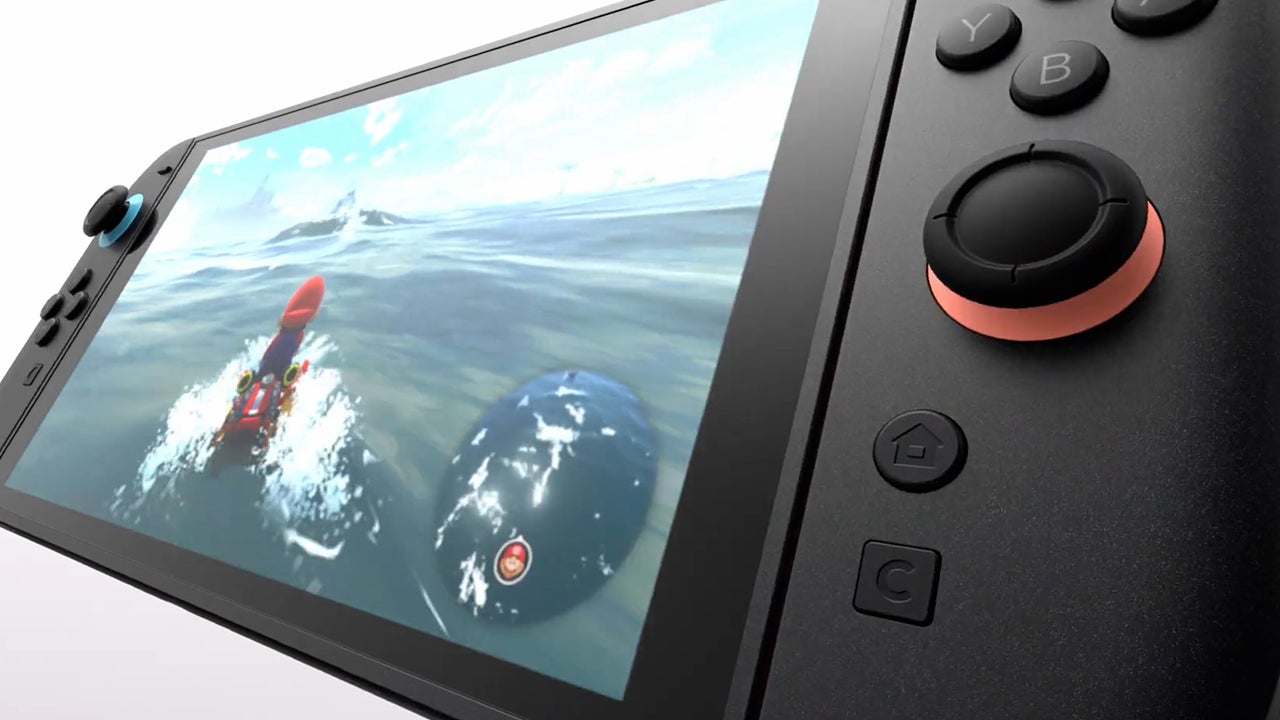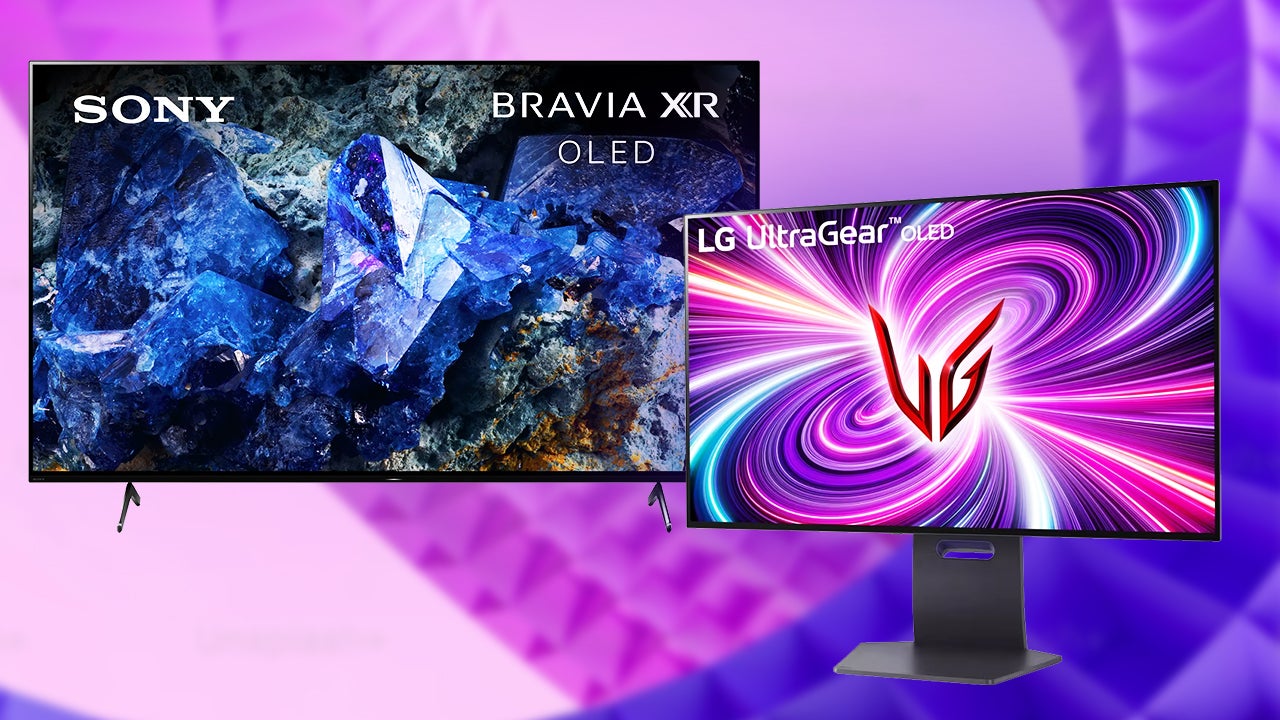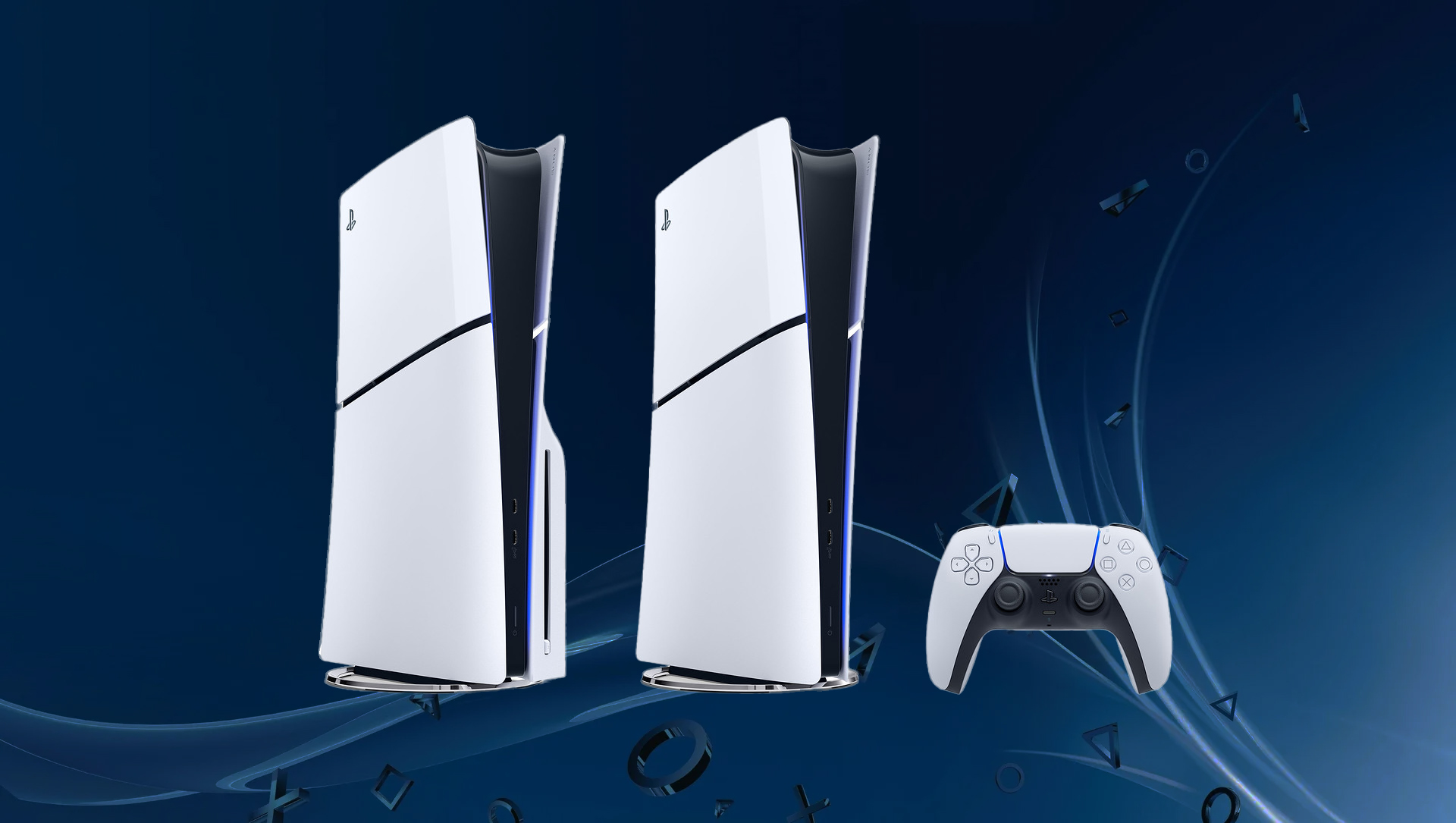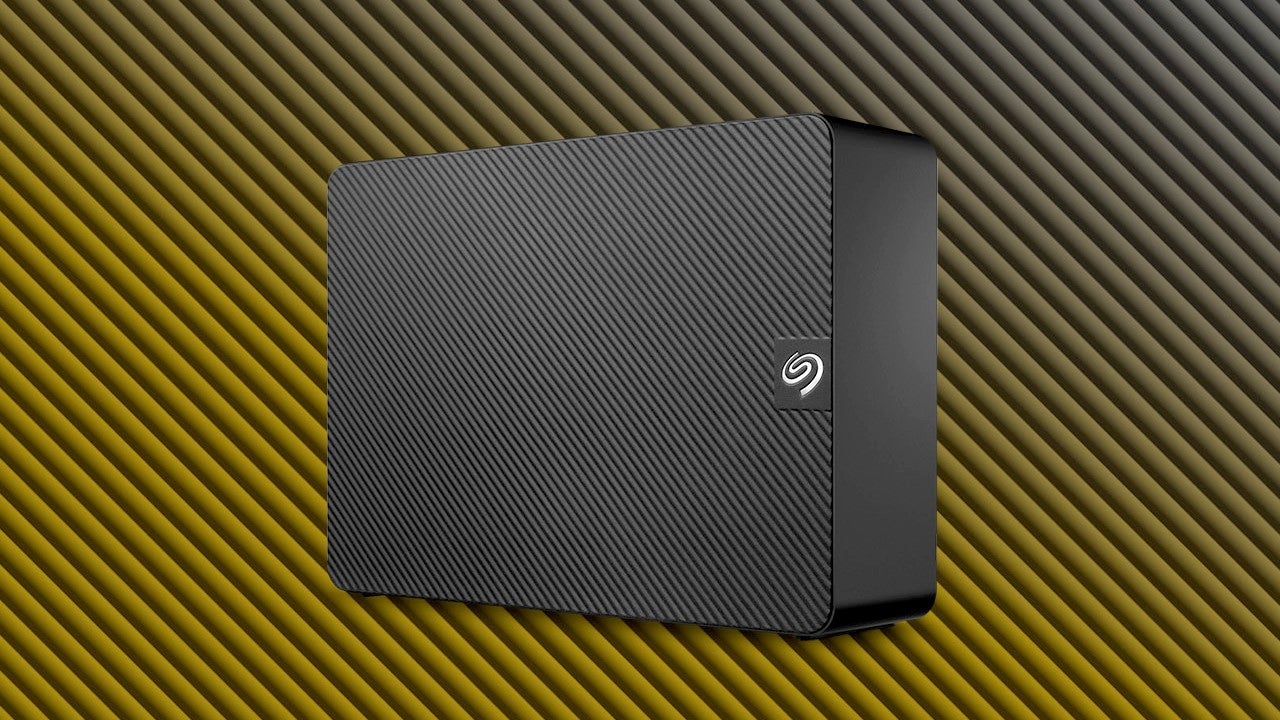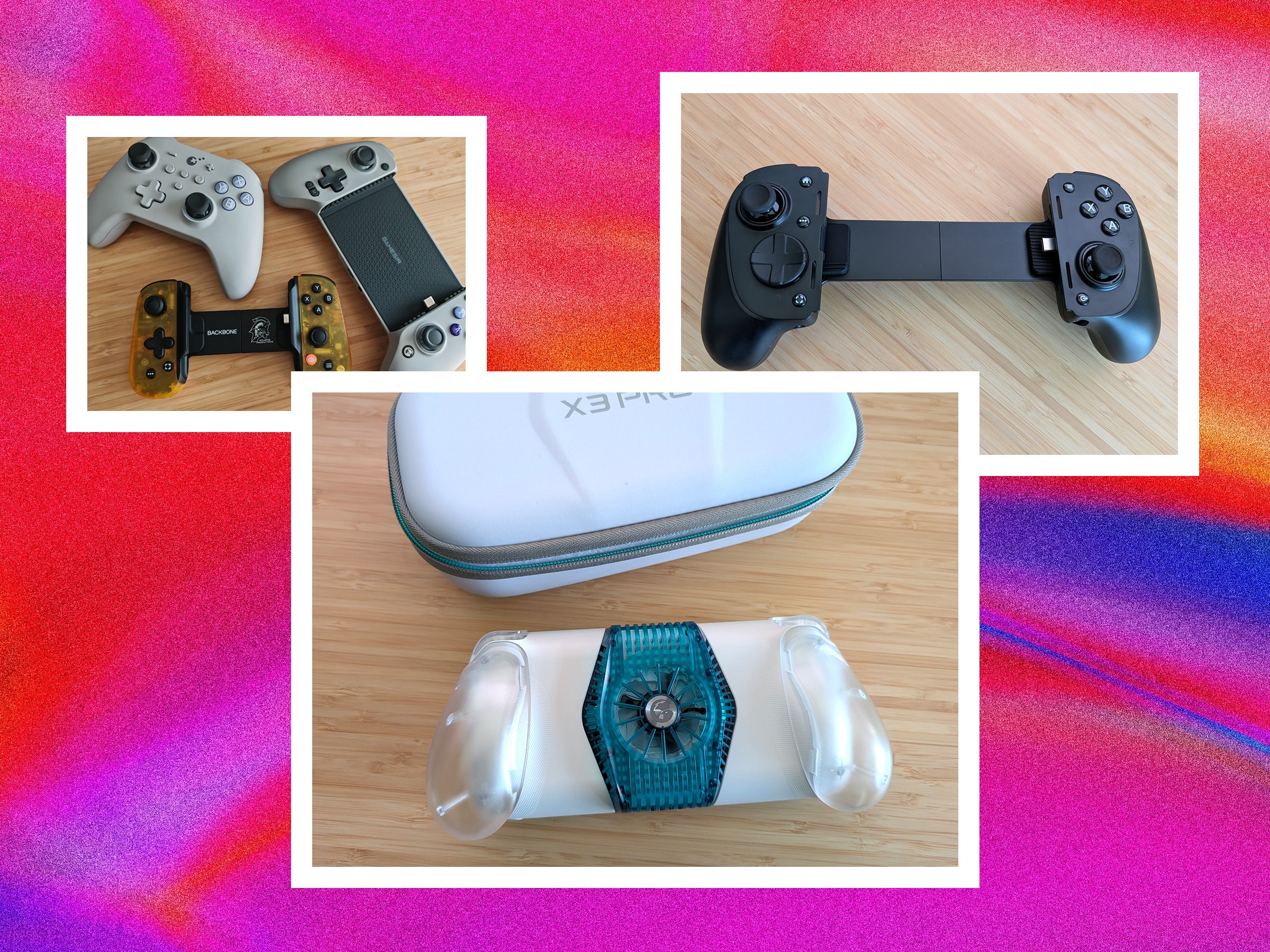
The Nintendo Switch 2 has finally been revealed, and while it brings a huge improvement over the original console, it doesn’t exist in the same vacuum that the original handheld did. With the introduction of devices like the Steam Deck and Asus ROG Ally X, there are a ton of handheld gaming systems out there that can play AAA PC games on the go.
So, while the Switch 2 will automatically have a niche carved out for being a system that plays, well, Nintendo games like Mario Kart World, anyone that’s buying a Switch 2 to play multiplatform games will have to reckon with devices like the Steam Deck – especially with the Switch 2’s $449 price tag.
Luckily, now that Nintendo has given a sneak peek into the hardware that’s running its new console, we can take a look at how exactly it will run, and whether or not its 4K promises are more than empty words.

Nvidia’s Custom Chip
The SoC (System on a Chip) that runs the Nintendo Switch 2 is probably the most important part of the console, but it’s the thing we know the least about. We do know that it’s a “custom Nvidia processor” that supports DLSS and ray tracing, but beyond that, neither Nintendo nor Nvidia have revealed any specifics. Luckily, there are a ton of leaks that suggest the Nintendo Switch 2 is using the aging Ampere graphics architecture behind the RTX 3080.
Going all the way back to 2023, there were leaks suggesting that the Nintendo Switch 2 would be using the Nvidia Tegra T239 SoC. This APU uses 8 ARM A78C cores, combined with an Nvidia Ampere GPU with 1,536 CUDA cores. Napkin math puts that at 12 Streaming Multiprocessors, which would be significantly smaller than even the smallest Ampere GPU – the RTX 3050 for laptops. However, assuming Nvidia didn’t nerf the Ampere SMs in the T239, each SM would have four Tensor Cores and an RT core, making for a total of 48 and 12, respectively.
To be fair, the Steam Deck is using a custom AMD APU that’s built on 8 AMD RDNA 2 GPU cores, which is smaller than what Nintendo is offering here. But, you have to keep in mind that the Steam Deck has a lower resolution display, and pumps more power into it. Plus, AMD Z2 processors are coming out over the next year, with the Z2 Extreme featuring 16 RDNA 3.5 GPU cores, which will be a huge upgrade. Though, systems with that chipset are going to be much more expensive than the Switch 2.
That small of a GPU basically makes 4K gaming an impossibility natively, but because the Tensor Cores are there, DLSS is going to be a major factor in how the Nintendo Switch performs when docked – assuming this is the SoC that’s actually in the system. However, with so few Tensor Cores, even upscaling to 4K is going to be a stretch in everything but the most lightweight games.
Instead, most games are likely going to target 1080p, even if they don’t natively render at that resolution. There are games like Donkey Kong Bananza that do seem to be rendering at a native 1080p resolution, according to Digital Foundry’s hands-on demos. However, third-party games like Cyberpunk 2077 seem to be relying heavily on upscaling, with native resolutions as low as 540p. I wouldn’t expect the Nintendo Switch 2 to ever be able to handle Cyberpunk 2077 at 4K, even with DLSS, though Nintendo will definitely have better luck with any game it can get running natively at 1080p.
The Ampere cores in the rumored T239 also have RT cores, which should theoretically allow for ray training in Nintendo Switch 2 games. Though, again, this will be heavily constrained by the processor’s 12 RT cores. Ray tracing will be possible, but don’t expect any jaw-dropping implementations of the technology, and especially don’t expect it in games like Cyberpunk 2077.
Even with RT cores, ray tracing is an extremely expensive workload for the GPU, and the T239 is limited by more than just its small SM count – power is a huge limiting factor, too. I spoke with Richard Leadbetter over at Digital Foundry, who told me that the entire system likely consumes as little as 10W, including the display, the SoC and the mainboard. We won’t know exactly what the T239’s actual TDP (thermal design power) is until someone finds a way to measure it, but it likely leaves only 5-6W for the SoC itself – a third of the power of the Steam Deck’s AMD APU.
However, while the Nintendo Switch 2 might not be able to produce the same amount of power as a handheld gaming PC like the Asus ROG Ally X, that doesn’t mean there won’t be gorgeous games running on the system. After all, games like Mario Kart World and Donkey Kong Bananza look stunning, and goes to show how clever Nintendo developers are at getting the most out of the hardware in the Switch.
After all, the original Nintendo Switch was powered by the Nvidia Tegra X1, which was built on the now-ancient Maxwell graphics architecture and only packed 256 CUDA cores. Ampere is orders of magnitude more efficient than Maxwell even on its best days, and there are six times more cores in the Switch 2’s GPU. The Nintendo Switch 2 should be way faster than the original console, which bodes well for cross-generation ports like The Legend of Zelda: Tears of the Kingdom.

Battery Life
While a total system power budget of 10W means the system isn’t quite as fast as it could be, it does mean the battery will have a much better time keeping up. Nintendo has come out and said it should last around 2 hours at a minimum. That’s less than was quoted for the original Switch, but that shouldn’t be too surprising, due to its higher-resolution display and more powerful processor.
The Nintendo Switch 2 has a 5,220mAh battery, a large step up from the 4,310mAh battery in the original console. That’s a sizable jump, and if its battery has the same voltage of the original Switch, that would equate to around 19Whr. That’s a smaller battery than the Steam Deck, which is probably why Nintendo quotes a similar battery life to the Steam Deck, despite its less power-hungry processor.
Nintendo probably could have put a more powerful battery in the Switch 2, but its decision likely came down to size constraints. There’s only so much battery that’ll fit while retaining the same thickness as the original Nintendo Switch, after all.

The Display
The most striking difference at first glance between the Switch and Switch 2 is probably going to be the display. While it doesn’t have the OLED screen that made the Switch OLED such a marvel, the display is bigger and has a higher resolution. The Nintendo Switch 2 sports a 7.9-inch LCD display with a resolution of 1,920 x 1,080 with HDR 10 support. The display is also fast, supporting variable refresh rate up to 120Hz. That’s honestly a bit overkill, considering the silicon powering the thing, but it does mean that older games or indie titles will feel extremely smooth – assuming they have unlocked frame rates. 120Hz is also a useful refresh rate for games that target 40 fps, since that makes for a clean ratio that won’t result in excessive stuttering.
Nintendo hasn’t released any information about the brightness of the display, but the HDR 10 certification means it needs to at least have a peak brightness of 1,000 nits, so it’s going to be a bright screen. We don’t know exactly how color performance will turn out either, but Nintendo does claim that it supports WCG, or Wide Color Gamut.
The display is probably going to be the thing that lifts the Nintendo Switch 2 above its competitors. After all, the Steam Deck LCD has an 800p display with a peak brightness of 400 nits, and it doesn’t support WCG. The Steam Deck OLED does offer a much nicer display, but it’s still an 800p display. The Nintendo Switch 2 screen is also a huge upgrade over the original, which had a 6.2-inch, 720p LCD display.
Is the Nintendo Switch 2 A Worthy Upgrade?
In a vacuum, the Nintendo Switch 2 is massively better than the original Nintendo Switch. It’s leagues faster, has a screen that’s bigger, brighter and sharper, and has Joy-Cons that you don’t have to wrestle with to disconnect. The only problem is that the Switch doesn’t exist in a vacuum any more.
There are a ton of handheld gaming systems out there now, and while most of them are more expensive than the $449 Nintendo Switch 2, they likely offer a better gameplay experience in multi-platform games. The real appeal of the Switch 2 is going to be Nintendo’s catalog of first-party games, just like with the original console. Nintendo is known for making great games that make the most of its – relatively – weak hardware. If you’re the type of gamer that falls in love with Nintendo games, then the Nintendo Switch 2 makes a lot of sense. However, if you’re just going to get this thing to play Cyberpunk or Elden Ring on the train, there are better gaming handheld options out there.
Jackie Thomas is the Hardware and Buying Guides Editor at IGN and the PC components queen. You can follow her @Jackiecobra
